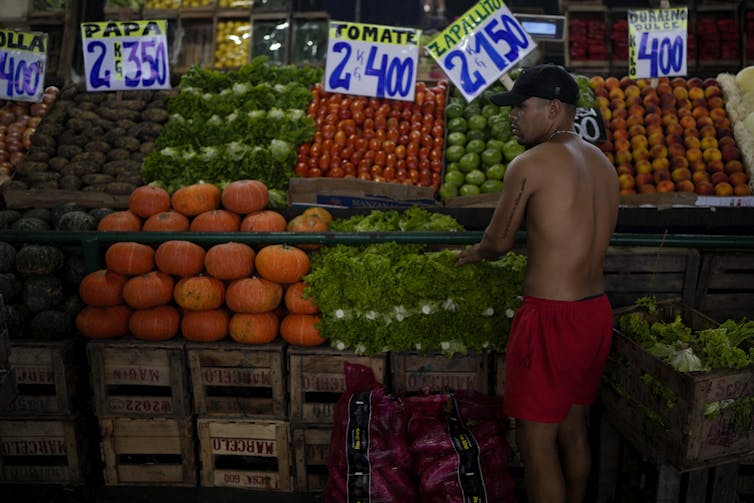The U.S. food insecurity rate climbed to 13.5% in 2023, up from 12.8% in 2022, according to recent data released by the U.S. Department of Agriculture on September 4, 2024. This increase means that more than 1 in 8 Americans—approximately 47 million people—struggled to secure enough food for themselves or their families at least some of the time last year. The rise in food insecurity reflects the ongoing challenges many Americans face, even in a country where food is abundantly available but often inaccessible to those in need.
A Growing Crisis in the Wake of Pandemic Support Cutbacks
The 2023 food insecurity rate marks a significant increase from the recent low of 10.2% in 2021, a period when heightened government support helped buffer the economic impact of the COVID-19 pandemic. However, this progress has since been reversed as various forms of assistance have been scaled back. Notably, cuts in benefits such as the Supplemental Nutrition Assistance Program (SNAP) and the reduction of programs providing free school meals have contributed significantly to this reversal.
Higher food prices driven by rapid inflation and soaring housing costs have exacerbated the issue, making it increasingly difficult for many families to make ends meet. Despite the availability of food in the U.S., where approximately 40% of food produced goes to waste, the accessibility gap continues to widen, highlighting systemic issues within food distribution and support networks.
Understanding Food Insecurity: More Than Just Hunger
Food insecurity is defined not just by the absence of food but also by the broader struggle to maintain a balanced and sufficient diet. This can manifest in various ways: difficulty affording groceries, skipping meals, eating smaller portions, experiencing hunger, or losing weight due to financial constraints. Often, multiple factors compound, intensifying the overall impact on individuals and families.
While food insecurity became a focal point during the height of the COVID-19 pandemic, with extensive public, political, and media attention, the rollback of emergency measures has left many vulnerable populations struggling once again. During the pandemic, safety nets such as increased child tax credits, economic impact payments, and expanded food bank services helped mitigate the crisis. However, as these supports were dialed back, food insecurity began to rise, revealing the fragility of the progress made.
Disparities Across States
While the national food insecurity rate is concerning, it does not capture the full extent of the problem at the state level. Variations between states are significant, influenced by differing levels of local government support and economic conditions. For instance, Oklahoma, which averaged a food insecurity rate of 15.4% between 2021 and 2023, ranked fifth-highest in the nation, trailing behind Arkansas, Texas, Mississippi, and Louisiana. This rate is over three percentage points higher than the national average, highlighting regional disparities that often go overlooked.
Looking Ahead: A Worrisome Future Without Policy Intervention
Without substantial policy changes aimed at curbing inflation and lowering food prices, food insecurity is likely to remain on an upward trajectory. As sociologists studying food insecurity, we are deeply concerned about this trend and the lack of sustained attention and support at both the federal and state levels.
Unless concerted efforts are made to reinstate or expand support systems, the food insecurity rate may continue to rise, affecting millions of Americans. This trend underscores the urgent need for policy actions that address the root causes of food insecurity, including economic inequality and access to affordable, nutritious food. With no major policy shifts in sight, the outlook for the remainder of the Biden administration—and into the next presidential term—remains uncertain, leaving the most vulnerable populations at continued risk of food insecurity.
Source: theconversation.com


















 English (United States) ·
English (United States) ·